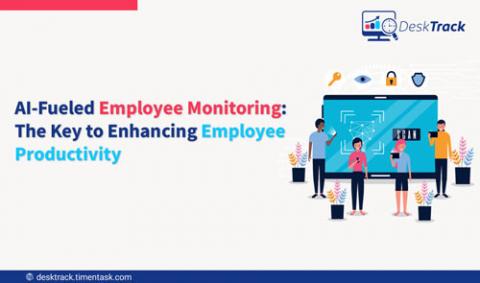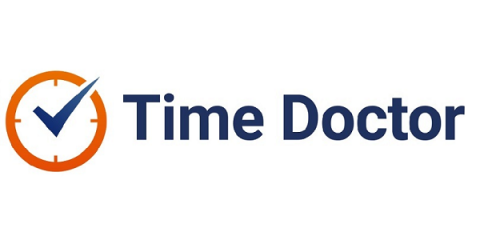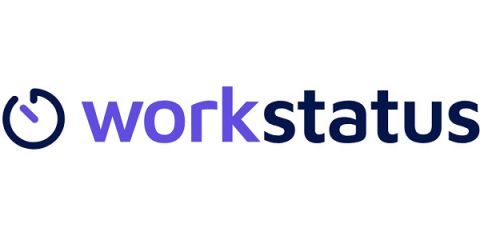How Basecamp Became a 100% Remote Company
It’s been more than three years since we closed our office in Chicago, and since many companies are still trying to figure out what to do about their office space, we thought we’d share our story. Moving is never fun. It’s bad enough when it’s your stuff, but ten years of stuff makes it even worse. As folks outside of Basecamp learned of our impending office closure, I began to get some questions. The most common being “what did you do with the stuff?









